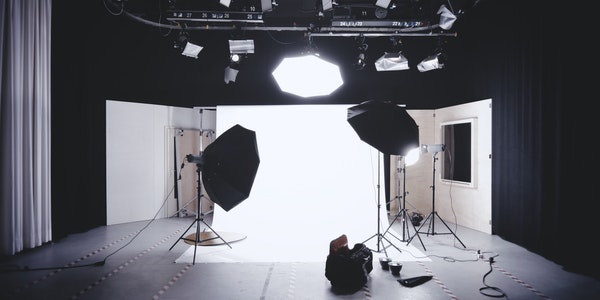Photographic Requirements for Lighting
With the rapid progress of science and technology, the level of lighting technology has been further improved with the wide application of various electronic technologies. Especially in the field of film and television lighting, technological progress is more obvious. The rapid development of modern film and television technology has led to the rapid development of new image production, storage, transmission, and production equipment represented by digital technology systems. Now it has entered the high-definition era, putting forward new requirements for professional film and television lighting: The color temperature is accurate, high color rendering, low power consumption, long life, light weight, high brightness, flexible application, etc. LED lamps just meet these requirements.
The role of color temperature in photographic lighting
Movies, TV and photography are mostly carried out under two color temperatures: one is shooting at 5600K color temperature (suitable for outdoor shooting under natural light and indoor white light fluorescent lighting), and the other is 3200K color temperature (suitable for indoor tungsten filaments). Shooting under light and low color temperature fluorescent light). These two different shooting environments can be used with different color temperature lighting fixtures for lighting, and the light sources of the two color temperatures have certain limitations. The circuit of the camera and the film used for photography can be selected for these two different color temperatures in order to shoot the correct color of the picture.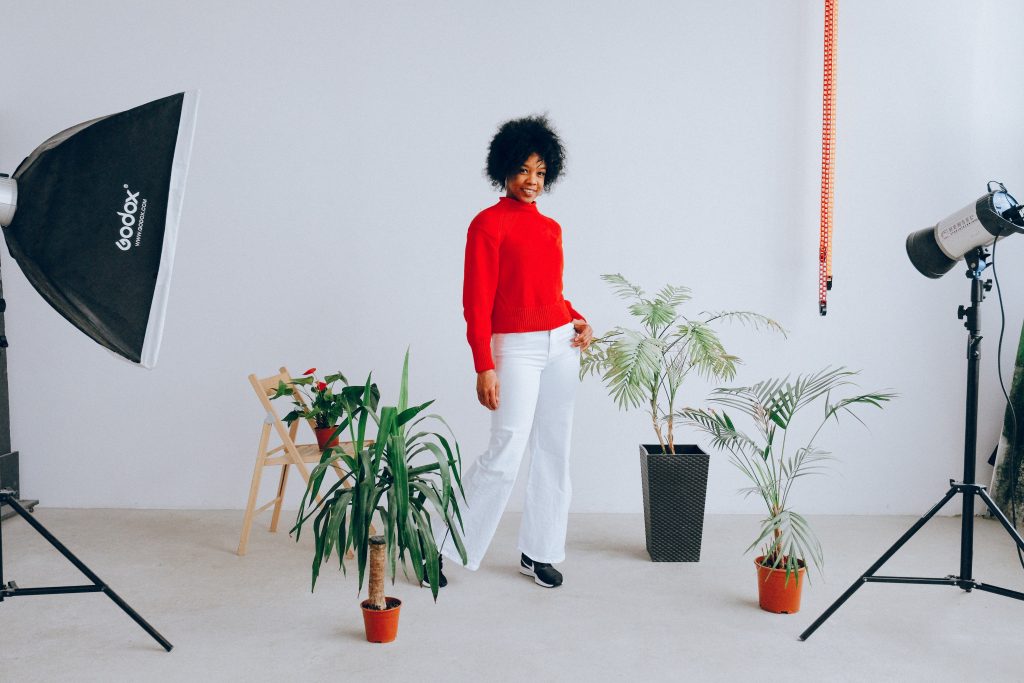
Now there is a kind of Tachyon brand photography light on the market. It is an LED photography light with independent intellectual property rights developed by Shenzhen Fengrui Optoelectronics Co., Ltd. It is specially used for film and television shooting, portrait photography and advertising photography.
The Tachyon photography light uses LED light-emitting devices, the color temperature can be configured according to user needs, the lamp holder of the light-emitting part is a replaceable design, currently two kinds of high color rendering index lamp holders, 3200K and 5600K color temperatures are commonly used, and other color lamp holders are mostly advertisements used as an effect when shooting.
After years of use in various professional fields, it is proved that the Tachyon photography lamp has excellent color temperature stability, and the color temperature does not change during wide-range dimming; long life, 4 hours a day, can be used for more than three years, this effect is What other traditional lamps cannot satisfy.
The Tachyon photography light can use different color temperature or color lamp holders according to shooting needs or in different color temperature occasions (lamp holders need to be purchased), and no additional lamps are required.
For example, in the studio of a TV station, use the Tachyon photography lamp 3200K color temperature lamp; when shooting outdoors in natural light, when you need to fill light, you can use the Tachyon photography lamp 5600K color temperature lamp. When using a digital camera to shoot product advertisements, both lamp holders can be used, but generally use the Tachyon camera lamp 5600K color temperature lamp holder; in some important occasions, such as archaeological research, rescue, exploration, etc., use the Tachyon camera lamp 5600K color temperature lamp holder For lighting, the light efficiency is the highest, because the LED has no ultraviolet and infrared radiation, it can also protect cultural relics.
Technical conditions for stable color temperature
Stable color temperature is very important in film and professional shooting. The stability of the color temperature of a lamp plays a very important role in the image quality. To do this technically, it is necessary to ensure that the LED light-emitting device must have a stable driving current, and the brightness adjustment must use the PWM method (pulse width modulation), which is completely different from the dimming method of the tungsten filament lamp. Adjusting the brightness is also changing the color temperature.
The Tachyon photography lamp has a stable color temperature, which fits the requirements of professional photography.
The requirements for the contrast of film and television lighting
In film lighting, due to the necessary conditions for film sensitivity, general film production has higher requirements for lighting, and the required brightness is also very high. However, modern TV technology does not have as high a lighting requirement for filming as movies, but it also has its own characteristics. Although today’s digital cameras can shoot gorgeous images under one candlelight, this is only a requirement for a specific environment. In fact, in professional film and television shooting, it is necessary to have a fairly high image quality. It must be close to the actual image, but also higher than the actual image level, and has a certain artistic appeal, which becomes an inevitable dependence on lighting.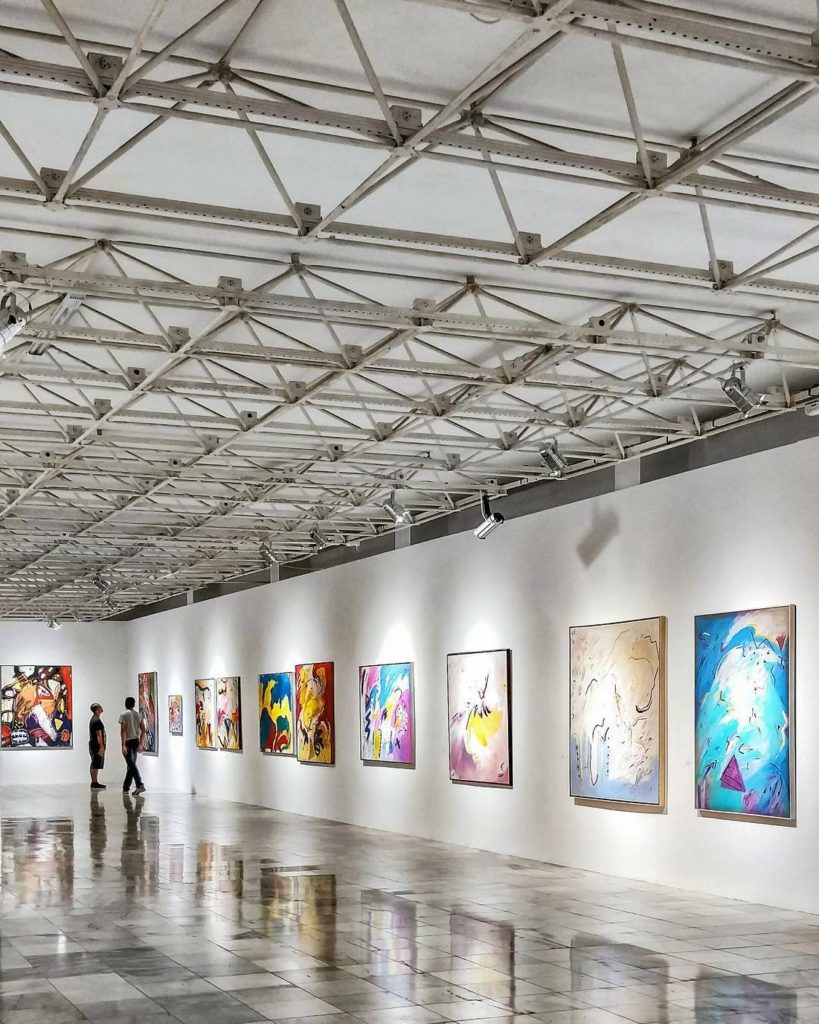
Here are some data that can explain the problem. Generally, the lighting requirements in the studio are as follows:
- Color temperature: 3000K-3200K
- Illumination: 1200Lx-900Lx (main light area)
- Background illumination: 900Lx-600Lx
- Effective area: 6-8 square meters
- Space height: 2.5-3 meters
- Aperture: 5.6 (automatic)
The corresponding data of a single Tachyon camera lamp with 3200K color temperature and 45 degree radiation angle are as follows:
- Color temperature: 3000K-3300K
- The illuminance of the main light zone can be improved: 200Lx-300Lx
- Effective area: 4 square meters
The above data shows a basic TV lighting requirement. With these basic data, plus the appropriate lamp position, as long as the manual black and white balance is adjusted correctly, you can shoot a satisfactory image. If you want the image to have a certain artistic quality, you still need to solve the lighting skills, that is, to have the right light position. This uses the three-point lighting principle: the main light, the auxiliary light and the contour light. Fill light and make it perfect. In order to set off the characters and the background light, these are indispensable. From the data of the Tachyon photography light, it fully meets this requirement.
Why must the aperture be above 5.6? This is because the aperture is large, it is easy to run out of focus, the depth of field is not enough, the background is not clear, the contrast does not come out, the three-dimensional sense of the characters is not strong, and the overall effect of the image is affected, so the photographed scenery is properly lit to achieve a certain brightness. Photography is very important. The lighting environment can be improved by filling light, so that the picture quality can be improved.
How to Achieve Perfect Lighting in Your Art Studio
Light is everything for painters and photographers. How to set up reasonable lighting in the studio is the first issue for artists to consider. The problem of studio lighting involves many aspects, such as natural lighting, artificial light source, light source location, lighting color temperature, etc. Studio lighting can even affect the effect of works in exhibition. It seems complicated, but it will be solved once and for all. Today, we will introduce and analyze the composition of professional light sources to help you set up perfect lighting in your art studio.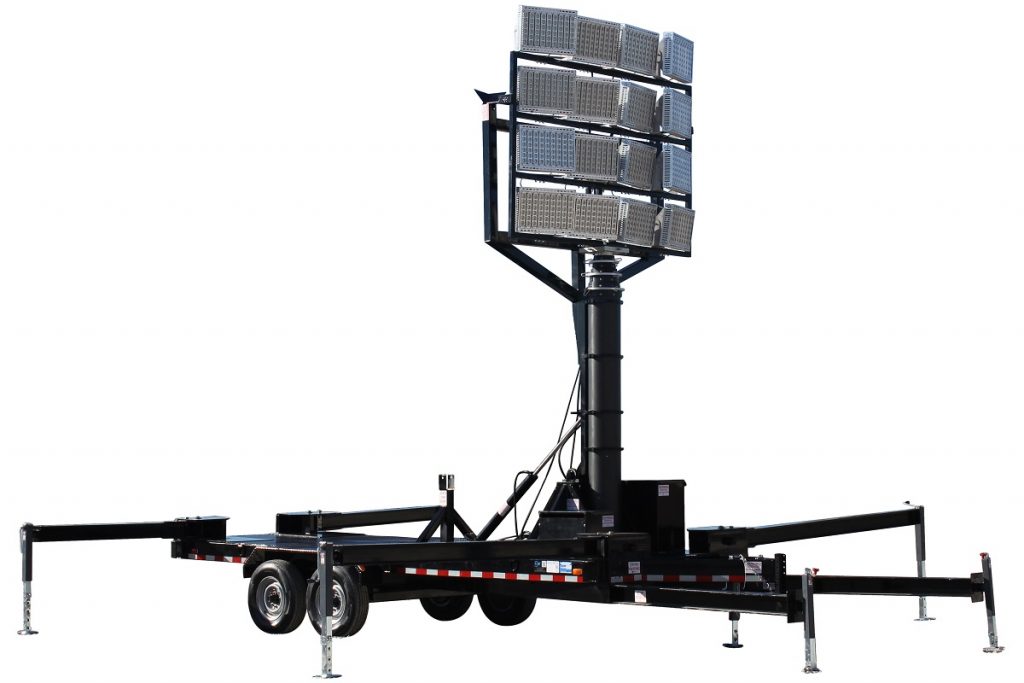
Natural light
Natural light is called the full spectrum and is generally considered the best lighting. However, there is no fixed definition of the term “full spectrum lighting”. The lighting industry uses this term to refer to light bulbs that simulate the nature of sunlight. The best natural light-northern light, which refers to the position of the sun in the sky. Painting with northern light is ideal, so that you will never have direct sunlight entering the room. When you set up a still life in the studio, the lighting conditions will remain basically unchanged during the day. But if you use direct natural light, the lighting will change with the movement of the sun, and the relationship between light and shadow of the still life will change accordingly. Direct light will cause very strong reflections on the screen, and too much ultraviolet light is not very good for the eyes.
The position of the light source
The position of the natural light source is also the position of the windows of the studio. It should be above the easel and at a 35 degree angle to the canvas. You can think of the canvas as a mirror. If the window is too low, any bright objects behind you will be reflected in the picture. So ideally, the north light should come from above. This allows you to get excellent lighting without reflection.
Pro tip: Beiguang only works on studios located in the northern hemisphere. If it is the northern light in the southern hemisphere,
the artist’s studio will face direct sunlight.
Artificial light source
Beiguang is indeed a relatively stable ideal light source, but natural light is always affected by various weather changes. Some artists even prefer to work at night. Artificial light sources are needed at this time. In addition to the brightness (often called wattage) of artificial light sources, there are two additional descriptive levels: Kelvin (K) and color rendering index CRI.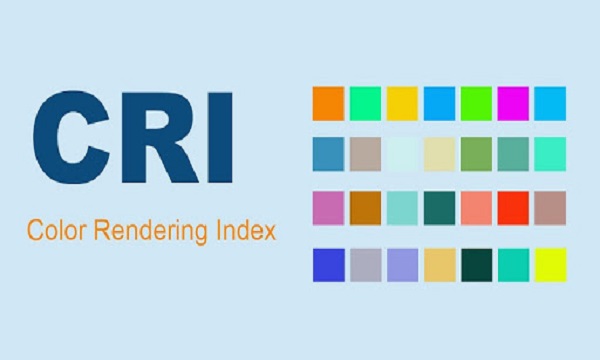
The brightness of the light is measured in lumens. For example, a candle emits 12 lumens and a 32-watt fluorescent bulb emits 2000 lumens. Fluorescent bulbs are more efficient than incandescent bulbs in terms of light output. A 42-watt fluorescent bulb is equivalent
to a 200-watt incandescent bulb, and fluorescent lamps are more conducive to energy saving. For a medium-sized studio, 7000-8000 lumens is sufficient. If you use 110-125 watt fluorescent bulbs, 2 to 3 bulbs can get 7000 lumens of brightness.
The Kelvin (k) level refers to the color temperature of the light source, also known as the color correlated temperature (CCT). The candle flame has 1800K, the incandescent bulb is in the range of 2900K, and the sunlight ranges from 5500K to 7500K. The lower the Kelvin level, the warmer the light, the higher the colder. The color temperature can also be selected according to the artist’s own preference.
The other numerical evaluation of the light source is the color rendering index (CRI), which is a measure of the ability of the light source to truly reproduce the colors of various objects compared with natural light sources. The perfect CRI is 100. Generally, when the CRI of the bulb is greater than 90 and the Kelvin rating is around 5500K, the bulb is classified as the “full spectrum” light source mentioned above, which is relatively suitable for the lighting needs of artistic work.
Location of artificial light source
The position of the artificial light source should also be set at an angle of 35 degrees above the canvas like the natural light source. In addition, the artificial light source can also be adjusted to be a still life or model lighting, which is also one of the advantages of artificial light sources.
Best solution
Take a small studio as an example, the ceiling height is 2 to 3 meters, and the windows are about 2 meters high. Use natural light sources under good lighting conditions. There are also two LED bulbs with 90+ CRI grade, 5000K-5500K color temperature, and 85 watts, which can provide about 8500 lumens of light output. In this way, you can get a bright and clean art studio that can meet most creative needs.

